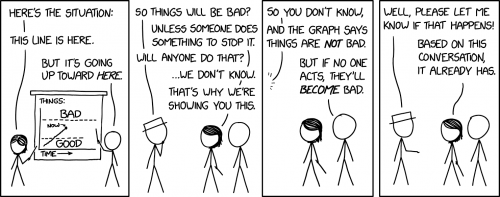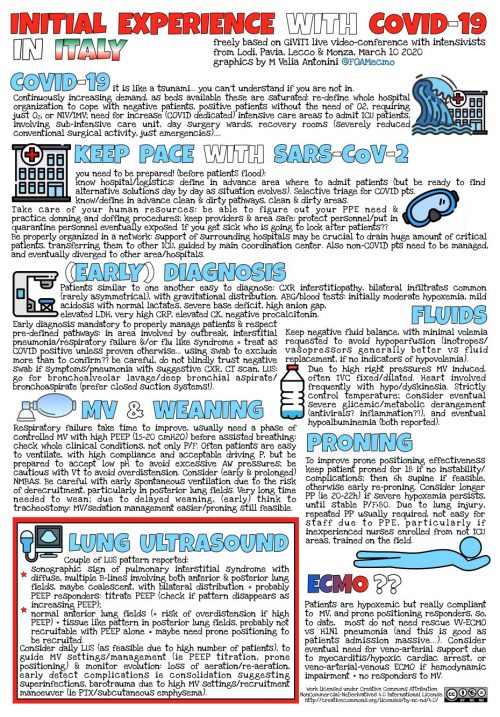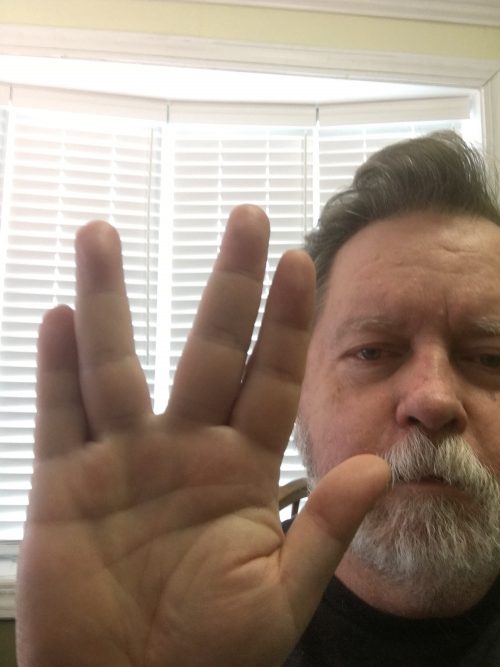I’d never heard of Surgisphere before. Apparently, no one had. They just suddenly appeared out of nowhere with vast amounts of data from numerous hospitals, a gigantic database that they’d used to address the question of the utility of hydroxychoroquine in treating COVID-19, and came back with the expected answer: no, it’s not any good. They got quoted all over the place! Great PR! Suddenly, lots of people had heard of Surgisphere.
Unfortunately, Surgisphere is a crock.
The World Health Organization and a number of national governments have changed their Covid-19 policies and treatments on the basis of flawed data from a little-known US healthcare analytics company, also calling into question the integrity of key studies published in some of the world’s most prestigious medical journals.
A Guardian investigation can reveal the US-based company Surgisphere, whose handful of employees appear to include a science fiction writer and an adult-content model, has provided data for multiple studies on Covid-19 co-authored by its chief executive, but has so far failed to adequately explain its data or methodology.
Data it claims to have legitimately obtained from more than a thousand hospitals worldwide formed the basis of scientific articles that have led to changes in Covid-19 treatment policies in Latin American countries. It was also behind a decision by the WHO and research institutes around the world to halt trials of the controversial drug hydroxychloroquine. On Wednesday, the WHO announced those trials would now resume.
Hey! Nothing wrong with citizen input from science fiction writers and adult-content models. There had better be more substance behind the claims, though. It turns out that there is confusion about how many employees the company has (100? 6? 3?) depending on the source, there don’t seem to be any people with the special skills need for the study — this is Big Data stuff, lots of statistics and computer science — and the data has been falling apart. The study claimed to be derived from “96,000 patients with Covid-19, admitted to 671 hospitals from their database of 1,200 hospitals around the world”, but various hospitals have reported that the data doesn’t match what they’ve reported.
And then, the big question: how did this company get access to so much confidential medical information?
One of the questions that has most baffled the scientific community is how Surgisphere, established by Desai in 2008 as a medical education company that published textbooks, became the owner of a powerful international database. That database, despite only being announced by Surgisphere recently, boasts access to data from 96,000 patients in 1,200 hospitals around the world.
When contacted by the Guardian, Desai said his company employed just 11 people [nobody seems to know how many people work there]. The employees listed on LinkedIn were recorded on the site as having joined Surgisphere only two months ago. Several did not appear to have a scientific or statistical background, but mention expertise in strategy, copywriting, leadership and acquisition.
What is clear is that there was a massive falsification of data. It also looks like the chief executive of the company, Sapan Desai, is a con artist with a history of pseudoscientific schemes.
What’s interesting about the story, though, is that it demonstrates how everyone is a bit gullible, and is willing to suspend skepticism a bit when the science, pseudo or otherwise, seems to support prior expectations. Lots of people got fooled by this one. Researchers even suspended ongoing trials because they thought Surgisphere had just provided the definitive answer! At first, it was only the hydroxychloroquine fanatics who were skeptical of the study, and embarrassingly, they were right, in this one case. But the real difference is that the real scientists, like David Gorski, will reassess their conclusions in the light of new information, admit to their error, and move on.
That’s the difference between the cultists and me. I’ll change my mind if they present new information that checks out when I dig into it. It’s also a lesson that a believer’s skepticism when examining something he disagrees with will always be far more rigorous than when looking at a study that goes against what he currently believes. Think of it as a somewhat embarrassing reminder to myself (coupled, perhaps, with a bit of self-flagellation) to remain humble in the future and not to be too fast to dismiss criticisms coming from even the cultists.
Surgisphere’s papers are getting trashed. The legitimate hydroxychloroquine studies have resumed — way too many studies than the treatment deserves, if you ask me. If they come back with positive information about the value of the drug (I don’t think they will, since the claims all originated from sources as quacky as Sapan Desai) then I’ll accept new treatment recommendations. The question is, will the drug’s proponents accept any evidence from any studies that show its efficacy is baseless?







